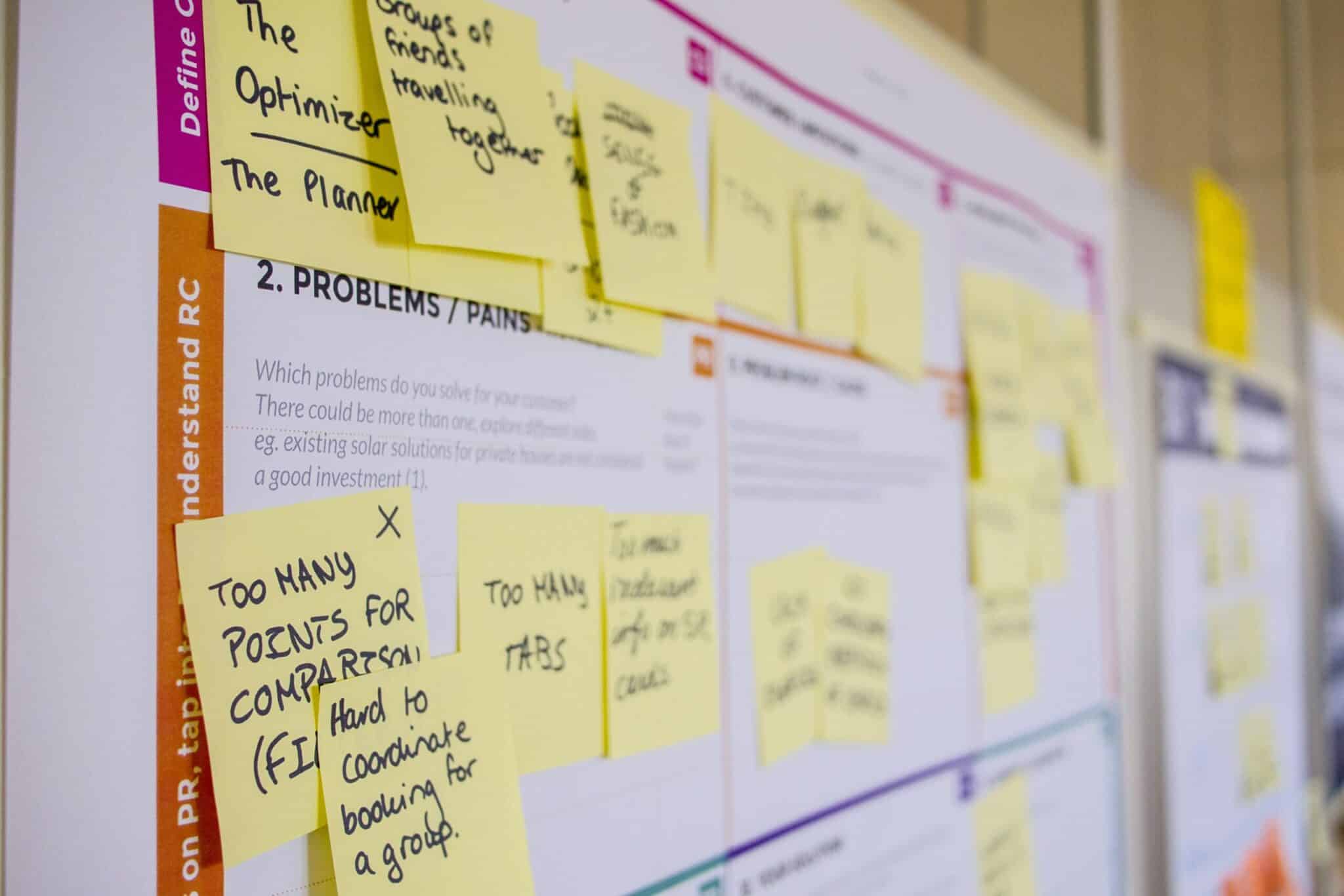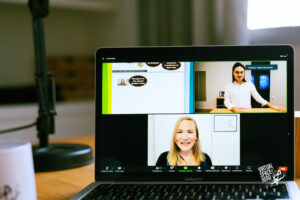Why Multitasking in Remote Work isn’t Benefiting Your Team
🚨Spoiler Alert: You’re not really multitasking; you’re just quick at switching tasks! If you’ve ever prided yourself on being a multitasking wizard, you’re not alone. However, the uncomfortable truth is that science says we’re not as good at multitasking as we think. This post will explore the neuroscience behind multitasking in remote work and why it’s not the productivity booster we’ve always believed, especially in today’s new ways of working. 🚀
The Neuroscience of Multitasking 🧠
According to a study published in the Journal of Experimental Psychology, task-switching can lead to a 40% loss in productivity. Our brains aren’t wired to do multiple things at once. Instead, we engage in what’s known as “task-switching,” rapidly shifting focus between tasks. Consequently, this spikes our cognitive load, leading to inefficiency and errors. 😬
Brain Drain 💧
When you switch tasks, your brain has to pause, change focus, and then resume the new task. This “switching cost” accumulates and leaves you mentally drained. Understandably, we often feel exhausted after a day we think we’ve spent “multitasking.” 🤷♀️
The New Way of Working: Remote & Hybrid 🏡💼
Remote and hybrid work environments seem like multitasking heavens, don’t they? The blurred lines between work and home tasks create an illusion that we can handle both effectively. However, we can’t—not without taking a hit in quality.
Digital Distractions 📱
Working remotely often comes with a suite of digital tools designed to keep us connected. Nevertheless, these same tools can contribute to a culture of perpetual multitasking. You’re in a Zoom meeting, but you’re also checking Slack and maybe doing some light emailing—this multitasking trap is all too common! 🚨
Recommendations
For Organizations 🏢
Focus on Output, Not Hours: Measuring hours is less meaningful in remote work. Shift the focus to outcomes.
Time-Blocking: Encourage time-blocking to help employees home in on one task.
Training Programs: Invest in training that teaches effective task management and reduces multitasking. 🎓
For Managers 👩💼
Prioritize: Help your team list tasks in terms of urgency and importance.
No-Interruption Zones: Create windows where people can work undisturbed.
Check-ins: Frequent check-ins can offer both emotional and task-related support.
For Individuals 🧑💻
Self-Audit: Keep track of your tasks and the time they take. The data might surprise you! 📊
Time Management Apps: Apps like Pomodoro can help you focus for set periods.
Take Breaks: Short, frequent breaks can help recharge your cognitive batteries. 🍵

My Personal Experience with Multitasking in Remote Work💁♂️
I once believed I was a master at multitasking—handling emails, meetings, and to-do lists with ease.
However, a closer examination revealed that the quality of my work told a different story. After retraining myself to focus on one task at a time, not only did my productivity improve, but it also soared significantly!🚀
Want to know more about our digital detox program?
Conclusion and Questions 🤔
Multitasking in remote work may seem like an effective strategy for managing our hectic schedules, yet scientific insights contradict this notion. It’s actually rapid task-switching, which brings along inefficiency.
So, are you genuinely multitasking, or are you simply adept at switching tasks? Moreover, how does this impact your balance between work and life in the evolving landscape of remote and hybrid work?🤨




